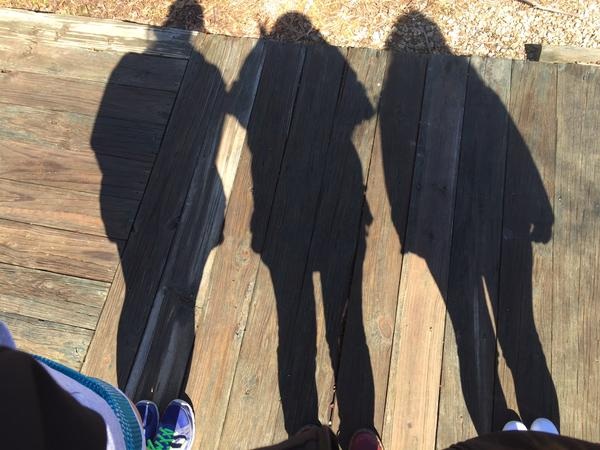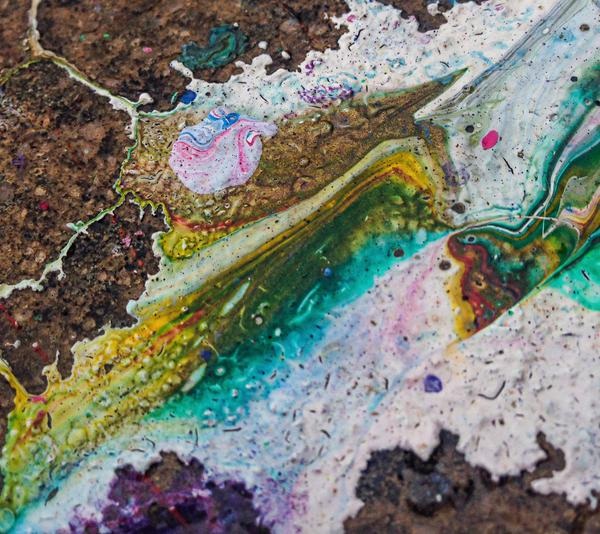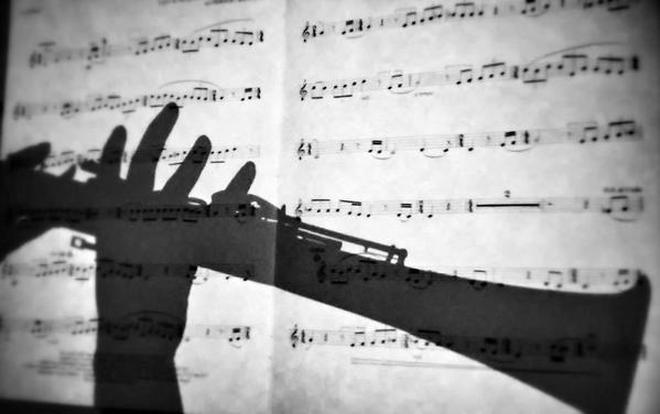|
Choice in elementary school was such a natural fit for me. Once I got the structure in place it had a seamless, organic flow. My classroom was a creative machine where everyone was successful. I expected that Choice in my high school classroom would be the same but operate at a higher skill level. Nope. Students responded to my open, non-linear course structure with apathy instead of joy. "Just tell me what I have to do." "Is this enough for an A?" I quickly changed gears to provide more support and direction but I had learned an important lesson - our educational system kills creativity. To support Choice for older students we have to very carefully and intentionally teach them to think freely again. Two years into it and I'm starting to see what it takes. Step 1 - level the playing field. Kids come to an Art 1 class with vastly different art experiences and skill levels. A huge part of supporting creative thinking is providing an overview of essential art-making knowledge. At Apex we do this in short, intensive skill-based units we call "boot-camps". The goal is to provide enough information for students about the process of making art that they can make decisions about what media and processes with work for their personal goals and fit best with their skill level. Step 2 - teach idea generation. The biggest mistake I made in my first few weeks teaching high school was assuming that students could come up with their own ideas easily like my elementary students had. Years of filling in Scranton bubbles takes a toll on our kids. They are used to being told specifically what to do. To remedy this teach them how to develop ideas - not just by sketching but by brainstorming, making lists, playing with materials and experimenting. Show them how to extend and improve on things that inspire them. Show them lots of current art. Step 3- open the door. Once kids have a basic understanding of art-making and the tools they need to develop ideas the world is your oyster. Give them themes. Start them off with concepts that are more concrete and build up to more open-ended and abstract concepts. Later, as students become comfortable with working thematically and using their own ideas they will be able to generate their own ideas. These steps don't have to be mutually exclusive. See the photos below from my Art 1 students. They are from a boot-camp we've been working through this week about observation. I paired Drawing on the Right Side of the Brain activities with learning about photography. During the week the photo assignments moved from very specific to very open-ended.
2 Comments
|
Mrs. PurteeI'm interested in creating a student student centered space for my high school students through choice and abundant opportunity for self expression. I'm also a writer for SchoolArts co-author of The Open Art Room. Archives
December 2019
Categories
All
|



 RSS Feed
RSS Feed